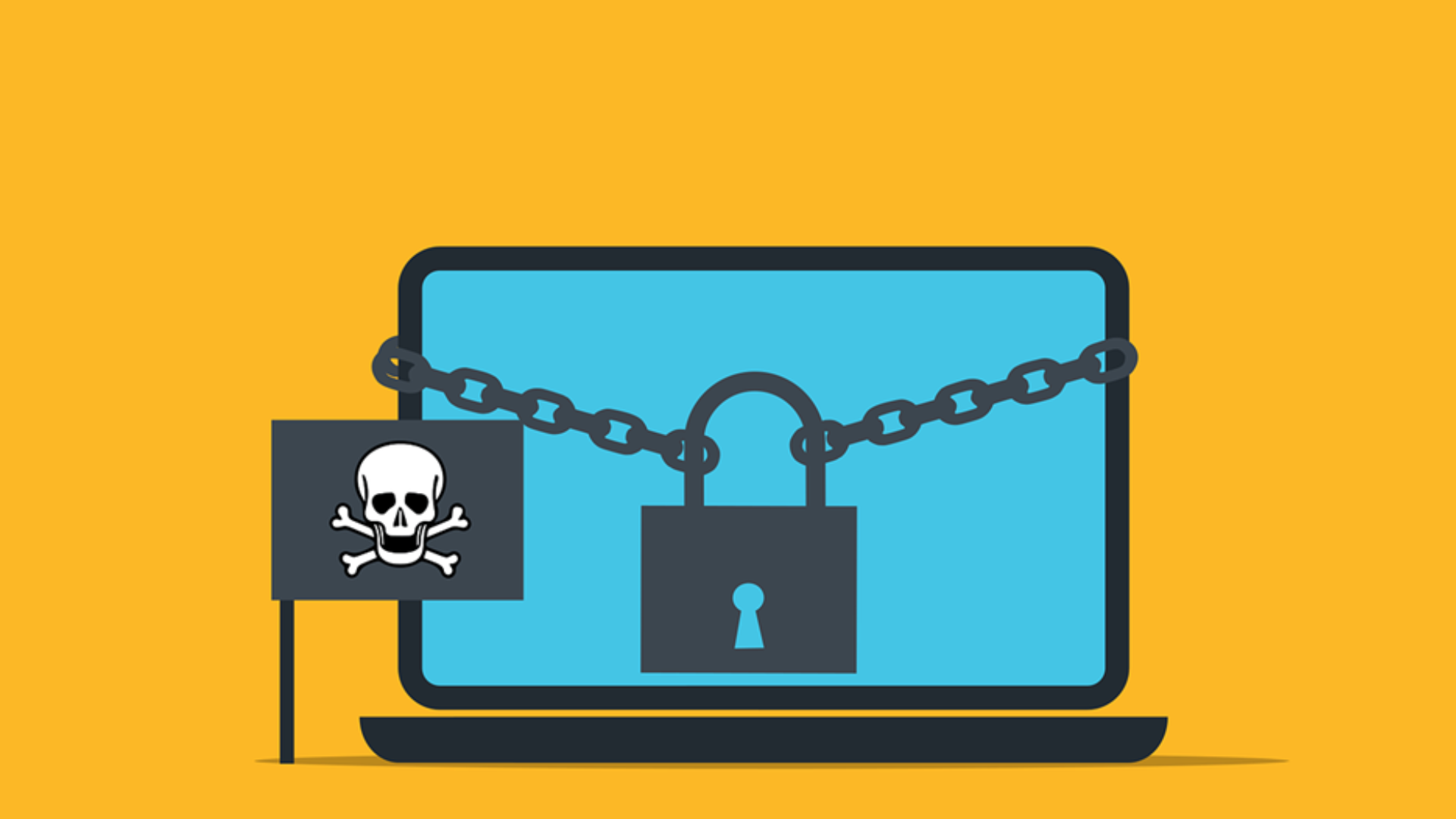Innovative Solutions to IoT Device Security
The Internet of Things (IoT) is rapidly expanding, with more devices becoming interconnected every day. As this growth continues, so do the security...
4 min read
![]() Totalcare IT
:
Jan 20, 2025 3:12:44 PM
Totalcare IT
:
Jan 20, 2025 3:12:44 PM
When an employee leaves your business, it’s easy to become consumed by the demands of everyday tasks—reassigning projects, conducting exit interviews, and ensuring a smooth transition. In this rush, it’s common to overlook small yet crucial tasks, such as deleting their login details and deactivating their accounts.
While this may seem like something that can wait, failing to address unused login credentials and inactive accounts is far more dangerous than it appears. These neglected access points can serve as open doors for cybercriminals, making your organization vulnerable to breaches, data theft, and financial loss.
Moreover, you might be unknowingly draining your budget on subscriptions to services you no longer use, which adds unnecessary costs to your business operations. A recent report revealed that nearly half of businesses had accounts that were no longer actively managed—an alarming statistic that highlights the risks of neglecting these seemingly small details.
In this article, we will dive deeper into why unused login details pose a significant security risk, how to audit your accounts effectively, and how to implement better practices to protect your organization moving forward.
Unused login details and inactive accounts are often overlooked, but they can be an easy target for cybercriminals. When a former employee’s account is left open, it provides a potential entry point for hackers. Whether through brute-force attacks, phishing attempts, or simply exploiting old login credentials, cybercriminals can gain unauthorized access to sensitive company data without raising alarms.
A critical factor in many data breaches, particularly in cloud environments, is the presence of dormant accounts. These accounts may not be actively monitored or updated, making them prime targets for exploitation. In some cases, breaches go unnoticed for extended periods because no one is actively managing the accounts.
Beyond the cybersecurity risks, forgotten login details can also harm your bottom line. Many businesses continue to pay for software and services that are no longer in use. Without a proper audit system in place, it’s easy to overlook these subscriptions. This could result in paying for tools and licenses that haven’t been used for months—or even years.
For example, you may still be subscribed to a project management tool that no one in your team uses anymore or a cloud storage service that’s gathering digital dust. These ongoing costs can add up, draining your budget unnecessarily.
In addition to financial and cybersecurity concerns, businesses may also face compliance risks related to dormant accounts. If former employees still have access to sensitive company data, your business could be in violation of data protection laws, such as the General Data Protection Regulation (GDPR) or the California Consumer Privacy Act (CCPA). Regularly cleaning up and managing user access helps ensure compliance and minimizes legal exposure.
The first step in mitigating these risks is to audit your employee accounts. When an employee leaves, it’s crucial to immediately revoke access to all company systems, software, and platforms they had access to. This includes:
One of the key best practices here is to not just leave these accounts inactive—completely remove access to ensure they cannot be exploited later.
In addition to employee accounts, take time to review any third-party subscriptions your business is paying for. Some common categories of services to audit include:
The goal is to ensure you’re only paying for services that are actively in use by your team. If you find any subscriptions that are no longer relevant, cancel them or downgrade to a less expensive plan.
One audit is not enough. As part of your security strategy, make account audits a regular part of your business operations. Set a recurring schedule—whether quarterly or bi-annually—to review all accounts, subscriptions, and user access permissions. This ensures that you catch any overlooked accounts before they can cause harm.
A key element in minimizing the risk of forgotten login details is a clear and consistent offboarding process for employees. This should include:
Having this process in place ensures that you won’t miss any accounts or subscriptions during the offboarding process and helps your organization maintain a higher level of security.
Implementing role-based access control (RBAC) is another important security measure. RBAC allows you to grant employees access only to the tools and data they need for their role. This limits the number of people who have high-level access to critical systems and data, reducing the potential for breaches.
For instance, an intern might only need access to a basic communication platform, while a department manager requires access to sensitive financial data. By limiting access to the minimum necessary, you lower the number of accounts that could become potential targets for hackers.
In addition to robust offboarding practices, consider implementing multi-factor authentication (MFA) across all accounts. MFA adds an extra layer of protection, requiring users to verify their identity using something they know (password) and something they have (like a smartphone or hardware token). Even if login details are compromised, MFA ensures that unauthorized access is prevented.
If you’re not sure where to start with securing your business from the risks posed by unused accounts, we’re here to help. Our team of security experts can conduct a thorough review of your organization’s account management practices, ensuring that all employee access is appropriately revoked and that you aren’t paying for unused services.
We also provide ongoing support to help you implement and maintain best practices in account management and security. From regular audits to process optimization, we can assist in fortifying your defenses and keeping your business secure.
While it’s easy to overlook the task of deleting login details and deactivating accounts when employees leave, failing to do so can expose your business to significant risks. From cybersecurity breaches and financial losses to compliance issues, neglected accounts can have far-reaching consequences. By regularly auditing your accounts, implementing a clear offboarding process, and maintaining strong access controls, you can minimize these risks and safeguard your business from threats.
If you’re ready to secure your business and streamline your account management practices, contact us today for a personalized security review. Let us help you ensure your business is protected from unnecessary threats.

The Internet of Things (IoT) is rapidly expanding, with more devices becoming interconnected every day. As this growth continues, so do the security...

Cyberattacks are a constant threat in today's digital world. Phishing emails, malware downloads, and data breaches. They can cripple businesses and...

Cyber threats are a perpetual reality for business owners. Hackers are constantly innovating. They devise new ways to exploit vulnerabilities in...